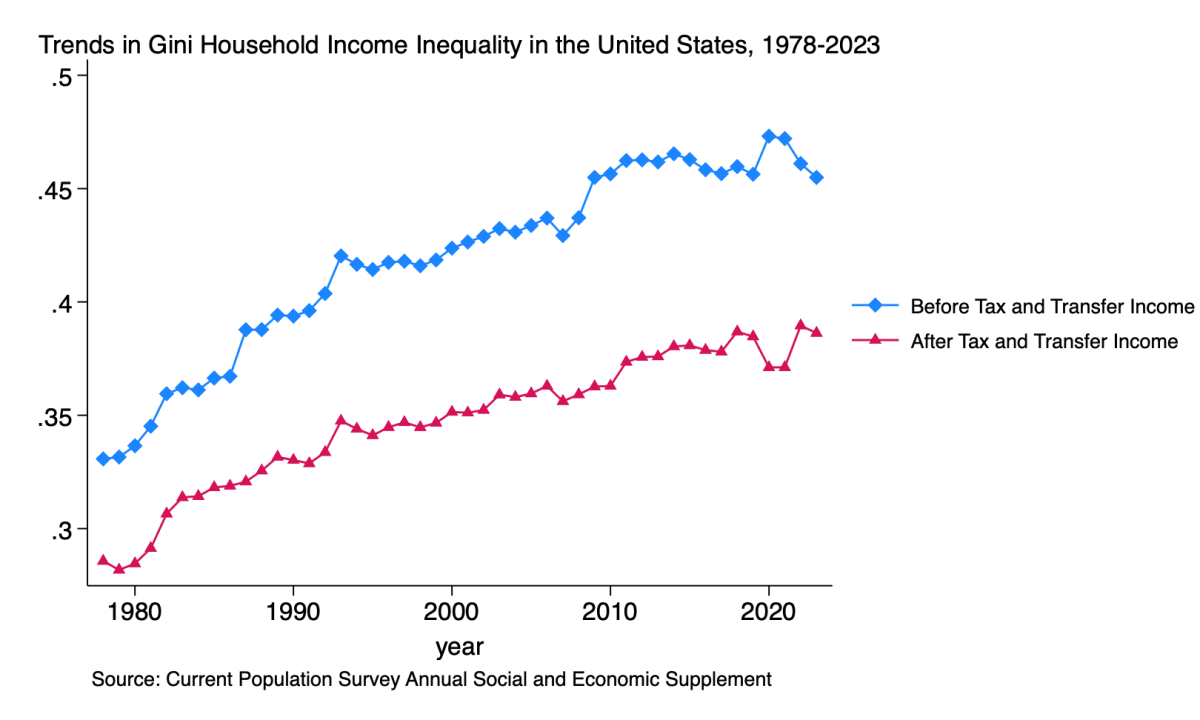Beginning in the mid-1960s, many state governments, particularly in the South and West, began to subsidize kindergartens for the first time. These initiatives generated wide variation across states over time in the supply of seats for five year olds in public schools. This paper uses the staggered timing and age-targeting of these preschool expansions to examine how the provision of universal child care through public schools affects maternal labor supply. I find that single women with five year olds but no younger children were more likely to be employed once kindergartens were available. The estimated effect is large, implying that three mothers entered the labor force for every ten children enrolled in public school. By contrast, I detect no significant labor supply response among other single women with eligible children or among married mothers of five year olds. These findings complement other research suggesting that preschools targeted toward at-risk populations, such as children in single-parent families, are more cost effective than universal programs.
Inequality
 Understanding trends of rising inequality in the United States remains at the fore of both policy and research. As the figure makes clear, redistributive tax and transfer programs attenuate the level of inequality, but not the trend increase over time. Research by UKCPR affiliates Bradley Hardy and Elizabeth Krause, in collaboration with James Ziliak, explore some of the underlying mechanisms behind these developments, including changes in employment, wages, and household composition as part of the Deaton Inequality Country Studies project and published in Fiscal Studies .
Understanding trends of rising inequality in the United States remains at the fore of both policy and research. As the figure makes clear, redistributive tax and transfer programs attenuate the level of inequality, but not the trend increase over time. Research by UKCPR affiliates Bradley Hardy and Elizabeth Krause, in collaboration with James Ziliak, explore some of the underlying mechanisms behind these developments, including changes in employment, wages, and household composition as part of the Deaton Inequality Country Studies project and published in Fiscal Studies .
2006
2004
The new promised land: Black-white convergence in the American South, 1940-2000
The black-white earnings gap has historically been larger in the South than in other regions of the United States. This paper shows that this regional gap has closed over time, and in fact reversed during the last decades of the twentieth century. Three proposed explanations for this trend focus on changing patterns of selective migration, reduced discrimination in Southern labor markets, and lower levels of school segregation and school resource disparities in the modern South relative to the North. Evidence suggests that reductions in Southern labor market discrimination explain rapid regional convergence in racial wage gaps between 1960 and 1980. The more recent decline and reversal of the regional difference appears to be related to narrower disparities in school quality and lower segregation levels in the South. Controlling for region of birth and region of residence, young adult blacks and whites who were educated in the South have the narrowest disparities in earnings and other socioeconomic outcomes.